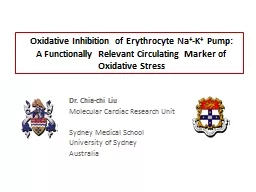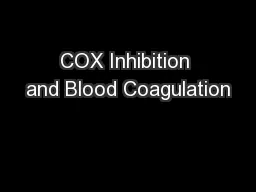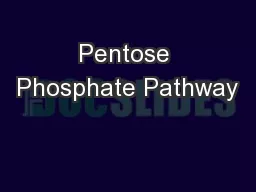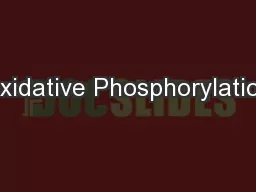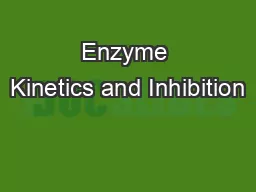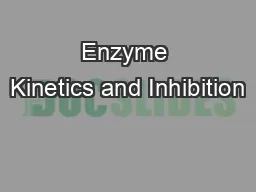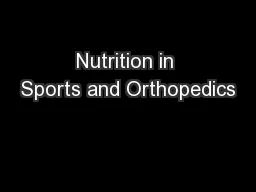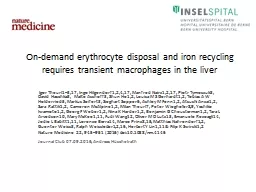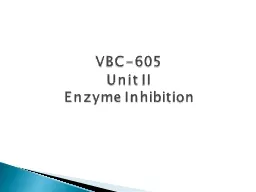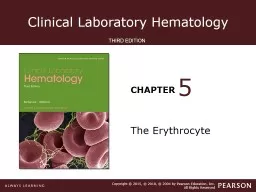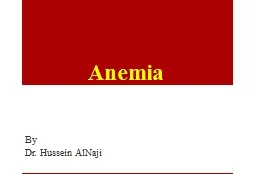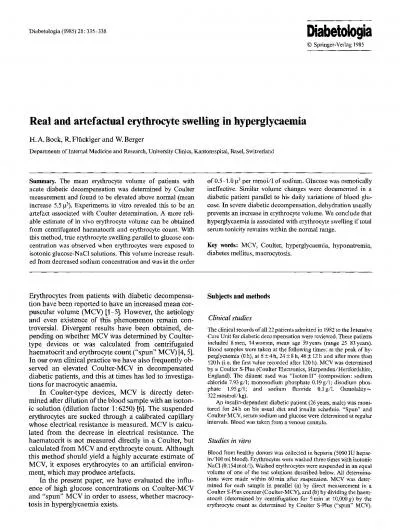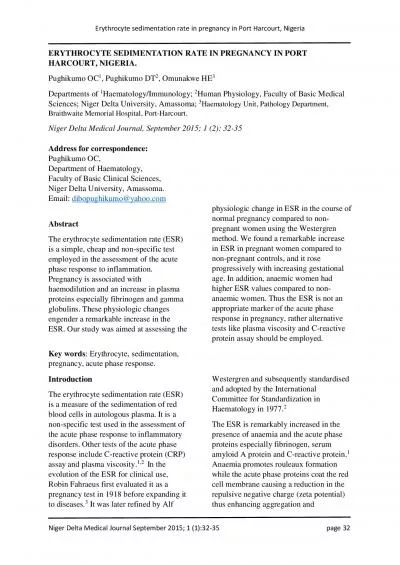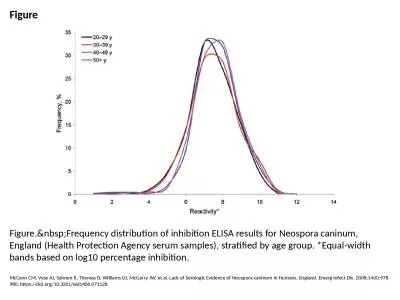PPT-Oxidative Inhibition of Erythrocyte Na
Author : phoebe-click | Published Date : 2016-03-13
K Pump A Functionally Relevant Circulating Marker of Oxidative Stress Dr Chiachi Liu Molecular Cardiac Research Unit Sydney Medical School University of Sydney
Presentation Embed Code
Download Presentation
Download Presentation The PPT/PDF document "Oxidative Inhibition of Erythrocyte Na" is the property of its rightful owner. Permission is granted to download and print the materials on this website for personal, non-commercial use only, and to display it on your personal computer provided you do not modify the materials and that you retain all copyright notices contained in the materials. By downloading content from our website, you accept the terms of this agreement.
Oxidative Inhibition of Erythrocyte Na: Transcript
Download Rules Of Document
"Oxidative Inhibition of Erythrocyte Na"The content belongs to its owner. You may download and print it for personal use, without modification, and keep all copyright notices. By downloading, you agree to these terms.
Related Documents

